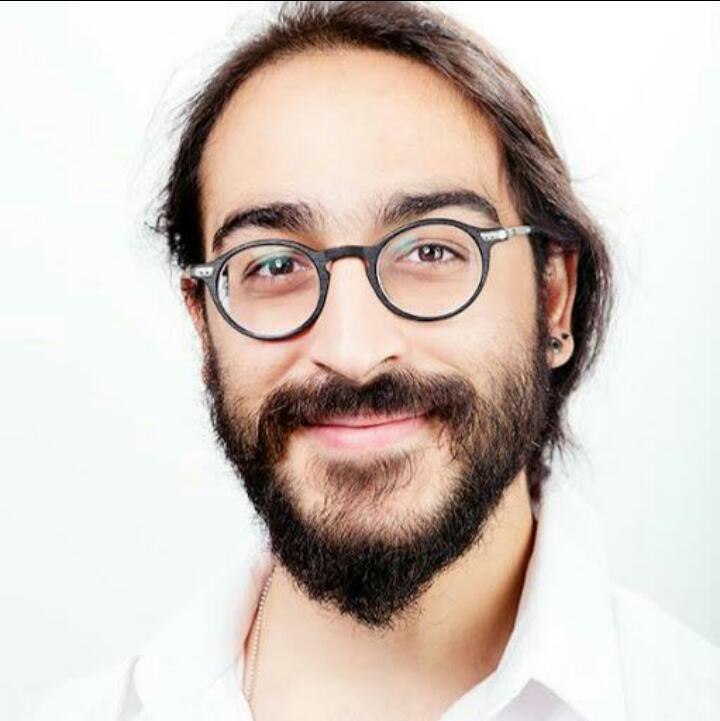About Me
In August 2021 I joined the Programming Group at the University of St. Gallen, Switzerland as a PhD student where I'm supervised by Prof. Guido Salvaneschi.
Between 2017 and 2021 I was an R&D software developer at Agilent Technologies.
In 2017 I earned my MSc in Computer Science from EPFL at the LAMP lab. In my thesis I simplified a polymorphic safe-and-precise effect system.
In 2015 I earned my BSc in Computer Science and a minor in Maths from AUB. My project was to design and implement a functional quantum language.
In my spare time I enjoy cycling, playing Go, and the mandolin.
Academic Interests
- Functional Programming Languages,
- (Advanced Safe) Type Systems,
- Software Verification, and
- Theorem Proving.
Publications
- George Zakhour, Pascal Weisenburger, Jahrim Gabriele Cesario, and Guido Salvaneschi. 2025. Dis/Equality Graphs
Proceedings of the ACM on Programming Languages 8 (POPL) https://doi.org/10.1145/3704913 [author version]
- Mirko Köhler, George Zakhour, Pascal Weisenburger, and Guido Salvaneschi. 2024. Consistent Local-First Software: Enforcing Safety and Invariants for Local-First Applications.
IEEE Transactions on Software Engineering https://doi.org/10.1109/TSE.2024.3477723 [author version]
- George Zakhour, Pascal Weisenburger, and Guido Salvaneschi. 2024. Automated Verification of Fundamental Algebraic Laws.
Proceedings of the ACM on Programming Languages 8, PLDI, Article 178, June 24–28, 2024, Copenhagen, Denmark. https://doi.org/10.1145/3656408 [author version]
- George Zakhour, Pascal Weisenburger, and Guido Salvaneschi. 2023.
Type-Safe Dynamic Placement with First-Class Placed Values. Proceedings of the ACM Programming Languages 7, OOPSLA2, Article 297 (October 2023), 29 pages. https://doi.org/10.1145/3622873 [author version]
- George Zakhour, Pascal Weisenburger, and Guido Salvaneschi. 2023. Type-Checking CRDT Convergence.
Proceedings of the ACM on Programming Languages 7, PLDI, Article 162, June 17–21, 2023, Orlando, Florida, United States. https://doi.org/10.1145/3591276 [author version]
I also published satirical papers in SIGBOVIK'24 and SIGBOVIK'25.

